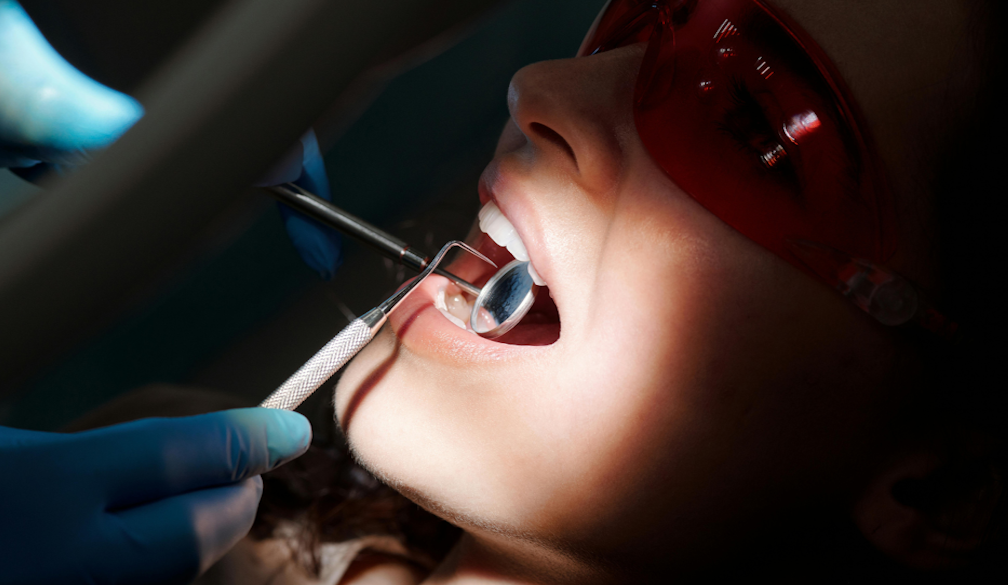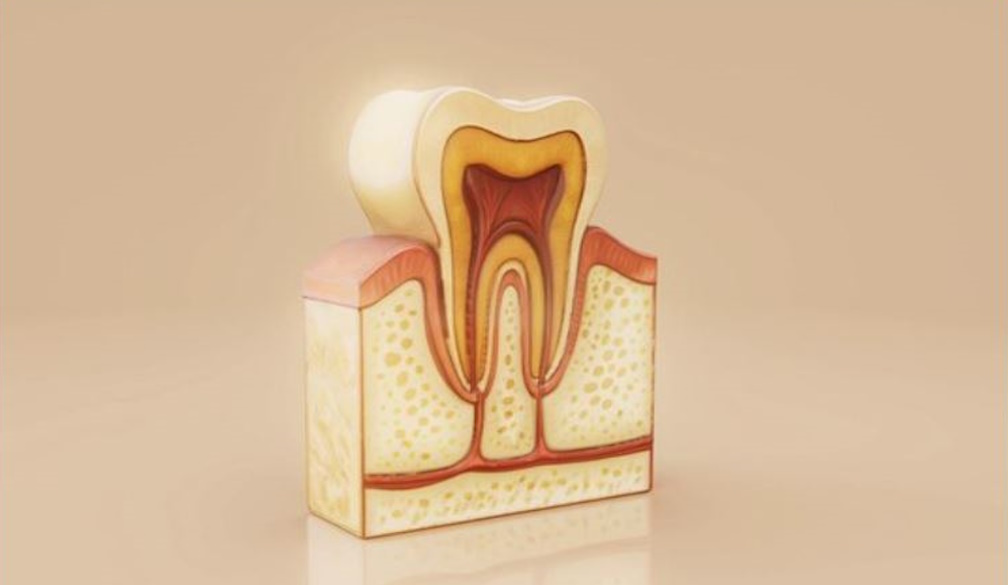Gum Grafting for Receding Gums: Cost, Recovery Time, and What to Expect

Noticing your gums pulling back from your teeth can be quietly unsettling. That slightly “longer” look, a twinge of sensitivity when sipping something cold — it’s one of those subtle changes that hints at something deeper. Gum recession is more than a cosmetic issue; it’s a signal that your oral health needs some extra attention. Fortunately, modern dentistry offers a sophisticated and reliable solution: gum grafting — a treatment that’s equal parts science and artistry.
Why Gum Recession Happens
Gum recession occurs when the gum tissue surrounding the teeth gradually wears away or pulls back, exposing more of the tooth or its root. It can lead to heightened sensitivity, aesthetic changes, and a greater risk of decay or tooth loss.
The causes are varied. Brushing too hard, gum disease, hormonal changes, misaligned teeth, or even genetics can all contribute. Lifestyle factors play a role too — think stress, smoking, or neglecting routine dental visits. It often develops so gradually that you may not notice until your smile starts to look slightly uneven or your teeth feel more sensitive than before.
The reassuring part? It’s fixable — and the results can be transformative.
The Art and Science of Gum Grafting
At its heart, gum grafting is a restorative and protective treatment. During the procedure, dentists perform gum grafting by carefully taking a small piece of tissue — usually from the roof of your mouth or a donor source — and attaching it to the area where your gum has receded. The graft integrates with your natural tissue, creating a healthier, more even gumline and shielding the roots of your teeth from further exposure.
There are several types of grafts, each tailored to suit your condition:
- Connective tissue grafts: The most common type, this technique uses tissue from beneath a flap on the palate to strengthen thinning gums.
- Free gingival grafts: Ideal when gums are very thin, adding a protective layer for long-term resilience.
- Pedicle grafts: This method repositions existing nearby gum tissue to cover exposed roots — using your own tissue’s blood supply for faster healing.
The procedure typically takes one to two hours and is performed under local anaesthesia. Most patients describe it as surprisingly manageable, with little more than mild tenderness afterward.
Understanding the Cost
The cost of gum grafting in Australia generally ranges between $800 and $2,500 per tooth, depending on the complexity of the case, the grafting method used, and whether donor tissue or your own tissue is used.
Because gum grafting is considered both a restorative and preventative procedure, private health insurance may cover part of the cost under major dental benefits. Coverage varies, so it’s worth checking your plan before scheduling your treatment.
While it’s not the cheapest dental fix, it’s a long-term investment in both function and aesthetics — one that can prevent more serious (and more expensive) issues later on.
Recovery: Gentle Care for a Stronger Smile
After your procedure, you’ll want to plan for about one to two weeks of recovery time. The first few days may involve some mild swelling or tenderness, especially if tissue was taken from your palate. Most people resume normal activities within 48 hours, though it’s best to avoid strenuous exercise or chewing on the treated side until your dentist gives the all-clear.
Your diet will temporarily shift to soft foods — think yoghurt, mashed vegetables, scrambled eggs, and smoothies. Brushing directly on the grafted area is off-limits until healing progresses, but your dentist will provide a special rinse to keep your mouth fresh and clean.
Patients often find recovery to be far easier than anticipated. A little patience, gentle care, and following aftercare instructions closely go a long way toward achieving a seamless result.
The Results — Subtle Yet Striking
Once healed, gum grafting delivers a beautifully natural finish. The gums regain their smooth, even contour, and tooth sensitivity typically improves dramatically. Beyond the cosmetic benefit, grafting helps protect exposed roots from decay and future recession — meaning you’ll not only feel more confident about your smile but also enjoy better long-term oral health.
Modern techniques, including microsurgical tools and precise digital planning, have made gum grafting more predictable and aesthetically refined than ever before. The results blend so naturally with your existing tissue that even you might forget where the graft was placed.
Why Timing Matters
Like most oral health concerns, early intervention makes all the difference. Left untreated, gum recession can progress to bone loss and tooth instability. By acting early, you preserve your natural tooth structure, strengthen your gumline, and prevent future damage.
If you’ve noticed changes in your smile — or that your teeth look a touch “longer” than they used to — it’s worth scheduling a consultation. Gum grafting isn’t just about restoration; it’s about preserving the foundation of your oral health and keeping your smile vibrant for years to come.
And while gum care isn’t often top of mind, it’s an essential part of overall wellness. In fact, recent research highlights how lifestyle factors, systemic health, and even gender can influence gum health outcomes. For more insights into broader oral wellness, take a look at men’s oral health in Australia — a fascinating look at how prevention, awareness, and lifestyle choices are shaping healthier smiles nationwide.












